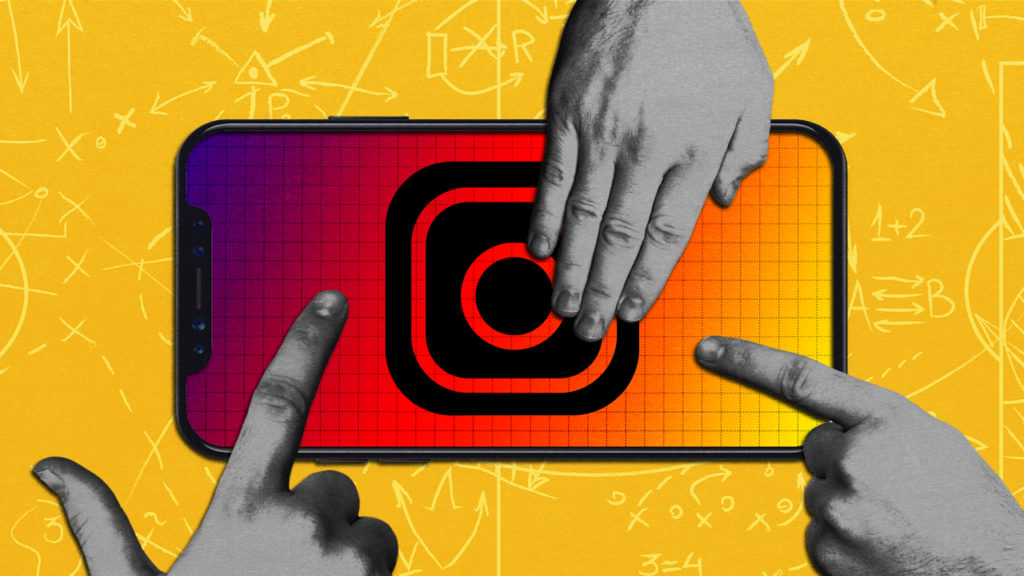As Instagram rolled out a test to “Hide Likes” across Canada, Japan, Italy, Ireland, Brazil, New Zealand Australia, the world paused and, well, panicked.
The effect it will have on users’ posting habits is yet to be understood, but it’s clear that brands and influencers, who monetize their content mostly in relation to the number of likes, comments views they receive on social media, will have to adapt to this change the most.
While Instagram wants users “to focus on the photos and videos [others] share, not how many likes [they] get,” marketers are trying to wrap their heads around the initiative. To help them understand what hiding likes really means for influencer marketing, AList reached out to an influencer marketing agency MediaKix and sought the advice of the agency’s vice president and general manager, Zoe Marans.
The Challenge
According to a MediaKix survey, Instagram is seen as a crucial element in the marketing strategy machine, with 89 percent of marketers finding the social media giant important to their influencer marketing strategy, and over 73 percent saying that Instagram “Stories” and posts are the most effective content formats in their strategy.
However, as the platform transforms the way in which it reflects content performance, these numbers may shift. In fact, “Instagram’s change may pose a challenge among the influencer marketing industry on how to price sponsored posts and stories because there won’t be a public metric to standardize pricing against. This may lead to more negotiation room as brands and influencers find new ways to work together, share messaging and determine the effectiveness of ad spend,” Marans said.
The Benefits
It is important to note, though, that besides calling for quick adaptation from marketers, “Hide Likes” might have unintended positive consequences and help solve important social media marketing problems, such as bots and fake followers. Per Marans, because vanity metrics will no longer be the only factor determining content performance, eventually, both marketers and influencers will be encouraged to value other behavioral metrics, such as video completion and audio on/off. The change might also inspire influencers to concentrate more on quality content and not on the content they believe will gain the most likes, views comments.
“This will also put a bigger emphasis on transparency as brands will rely on influencers to share first-party analytics to better understand the audience they’re reaching and how sponsored content is performing. With tracking ROI being one of the biggest challenges marketers face according to the survey, this new change on Instagram may initially exacerbate marketers’ frustration if they’re accustomed to measuring performance on reach and engagement, however it may make measuring ROI easier in the long run as performance shifts to actionable metrics such as clicks and sales,” Marans said.
The Strategy
In terms of strategy, the agency is forecasting that if “Hide Likes” does indeed roll out globally, marketers will need to pay more attention to Stories, IGTV and Instagram Shopping, as these content formats provide actionable metrics in the form of swipe ups and purchases, which will still allow brands to track performance metrics as well as calculate ROI.
The Future
Marans said MediaKix predicts that Instagram’s parent company, Facebook, might be next in line to give “remove likes” a try, as “younger users are competing to get likes to boost self-esteem.”
But despite the unease around hiding likes on social media platforms, the future of influencer marketing still seems to be bright, as Business Insider Intelligence recently estimated–again basing their estimations on Mediakix’s data–the influencer marketing industry to be worth up to $15 billion by 2022.
